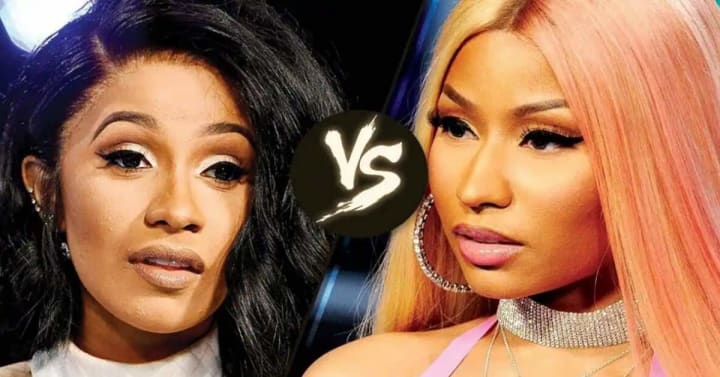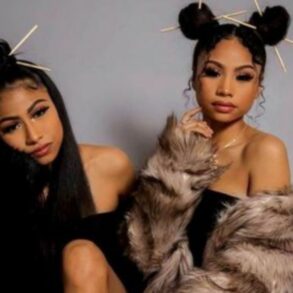This is the untold story of the history of the word Baddie, pre Instagram and post Instagram, in American popular culture during the 2010s.
Once upon a time, there was an American girl who was anything but Good – or bad at all, really – and to all of her friends and family, this seemed the most surprising thing in the world. They were all so used to the idea that girls in movies and TV shows were either good or bad, with no room for nuance or ambivalence, but she wasn’t like that at all! She was just … normal! And then one day it occurred to her that if she wasn’t good, didn’t want to be good, what did she want to be?
How It All Started
The word baddie has been used in America since at least 1920. However, it was not until American Pop Culture in the 2010s that baddie became a commonly used term. In fact, if you were to look up baddie on Urban Dictionary, you would find several definitions for what is considered a baddie today. One definition states: Baddies are people who do bad things to others for their own benefit and pleasure or just for fun. Another definition that search engines such as Google, Yahoo, and Bing are returning to consumers in their SERP, is the definition from “What is a Baddie?“
Baddie is a sexually attractive woman whose hair, nails, makeup, clothing, shoes, and handbag are very detailed when she’s going to be seen in public or on Instagram. You’ve seen her on Instagram. Her hair is perfect, her nails are painted, and she has the sexiest makeup you’ve ever seen. She looks amazing.
Why Does America Love Bad Girls?
Bad girls occupy a unique place in American pop culture. Bad girls have been a constant throughout American history and in every medium—books, movies, television, music. They are morally ambiguous and make no apologies for their actions. Despite these often dangerous women being portrayed as unredeemable and unrelatable on screen, audiences consistently fall in love with them. Why? Is it because America loves an antihero? Or is there something else at play here? In order to explore why bad girls resonate so strongly with audiences, we need to look back at how they’ve evolved over time. It’s a complicated history that’s filled with contradictions and trends that don’t always match up. But if we break down what makes a bad girl bad in each era, we can start to understand why people love to watch them even when they know they shouldn’t.
How American Pop Culture Has Influenced Bad Girl Mentality
Pop culture has long shaped how we understand crime and criminals in America. Think Bonnie and Clyde, think bank robbers like John Dillinger, or Charles Manson and his followers. In 2018, though, it’s hard to imagine a better example of what it means to be bad than an Instagram star with 5 million followers who goes by @badgirlclub_official—even though she isn’t really a bad girl at all. The way we define baddie has changed dramatically over time, but one thing remains constant: our fascination with people who break social norms and laws.
What Can We Do About it?
It’s easy to blame social media for making us baddies. However, people are individuals who make their own choices. We might be able to change our behavior if we take a step back and look at why we are drawn to being baddies. What do you think?







